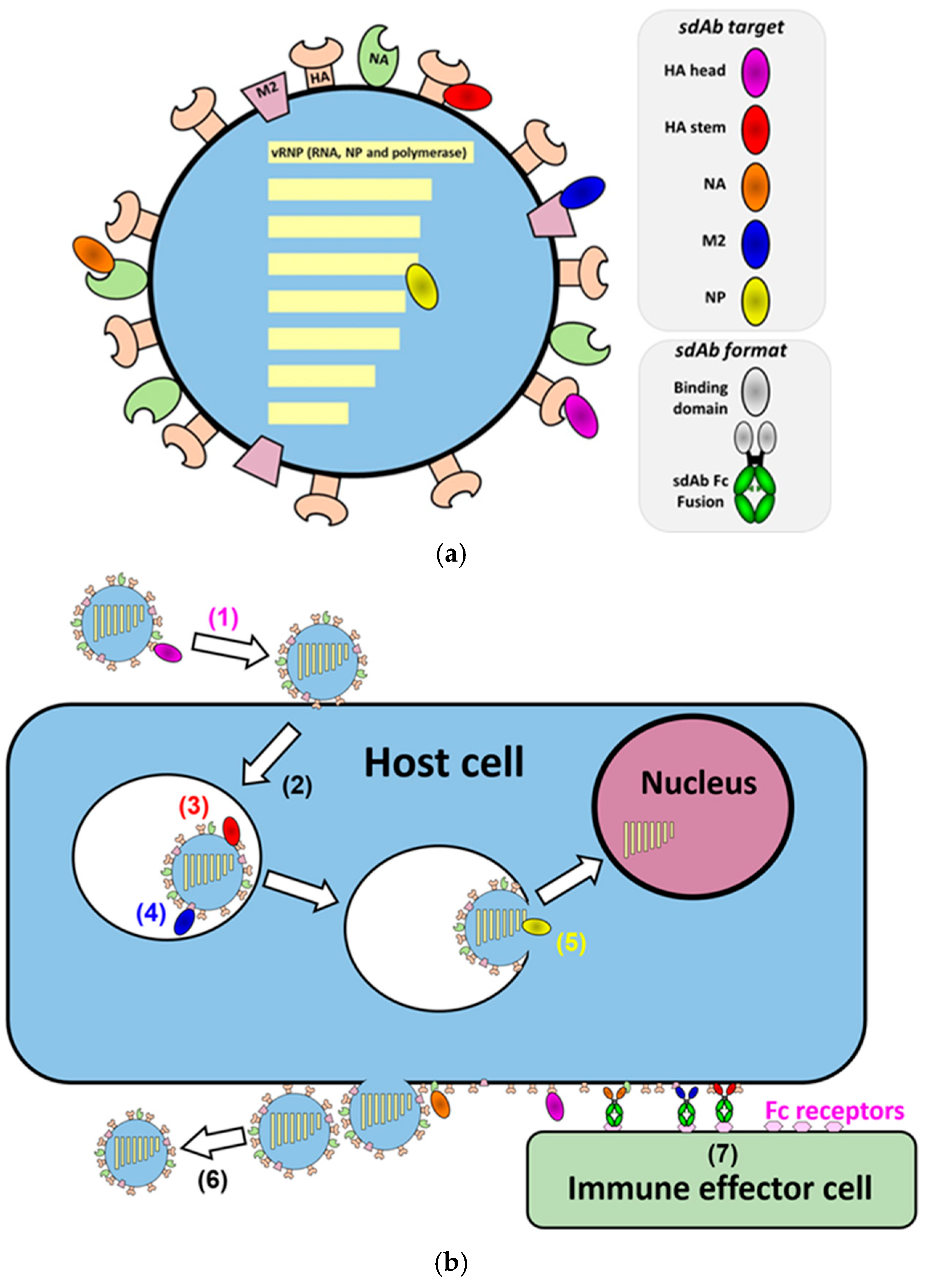the mechanism whereby an enveloped virus leaves a host cell is called
Injection of naked nucleic acid into the host cell. B lysis of the host cell due to a phage.
 |
| Synergistic Inhibition Of Sars Cov 2 Replication Using Disulfiram Ebselen And Remdesivir Acs Pharmacology Translational Science |
Cause tumors to develop Shingles is an.

. 7 The definition of lysogeny is A phage DNA is incorporated into host cell DNA. Qn49 An enveloped virus leaves a host cell by a process known as budding. Through budding actually the virus gets its envelope and its prote. Once replication is complete and the host cell has used up all of its energy producing viral offspring the viruses may start to depart the cell using a variety of techniques.
It causes lysis of host cells. Mechanism whereby an enveloped virus leaves a host cell is called a. 31 The mechanism whereby anenveloped virus leaves ahost celliscalled A penetration. These are called latent virus Generally.
The mechanism whereby an enveloped virus leaves a host cell is called budding. B lysis of the host cell due to a phage. C the period during replication when virions are not present. Some viruses such as human herpesvirus 1 infect a cell without causing symptoms.
Viruses are composed of living cells False Oncogenic viruses. Go to Answer. The virus is causing the death of the infected cells in the patient. So the answer is budding.
The definition of lysogeny is A phage DNA is incorporated into host cell DNA. D when the burst time takes an. The mechanism whereby an enveloped virus leaves a host cell is called budding Bacteriophages derive all of the following from the host cell EXCEPT lysozyme. The mechanism whereby an enveloped virus leaves a host cell is called.
B lysis of the host cell due to a phage. C the period during replication when virions are not present. The mechanism whereby an enveloped virus leaves a host cell is called B budding The mechanism whereby an enveloped virus leaves a SchoolWestern State Colorado University. The mechanisms whereby an enveloped virus leaves a host cell is called budding T or F.
C C budding. The mechanism whereby an enveloped virus leaves a host cell is called. ATransduction bBudding cTeratogenesis dLysogeny ePenetration AdminHassan. 25 The most conclusive.
See Page 1 24 The mechanism whereby an enveloped virus leaves a host cell is called A transduction. C the period during replication when virions are not present. A phage DNA is incorporated into host cell DNA. Bacteriophage replication differs from animal virus replication because only.
The mechanism whereby an enveloped virus leaves a host cell.
 |
| Potyvirus Microbewiki |
 |
| Cytosolic Delivery Of Nucleic Acids The Case Of Ionizable Lipid Nanoparticles Schlich 2021 Bioengineering Translational Medicine Wiley Online Library |
 |
| Stopping Membrane Enveloped Viruses With Nanotechnology Strategies Toward Antiviral Drug Development And Pandemic Preparedness Acs Nano |
 |
| Virus Assays Bmg Labtech |
 |
| Mass Spectrometry Based Structural Virology Analytical Chemistry |
Posting Komentar untuk "the mechanism whereby an enveloped virus leaves a host cell is called"